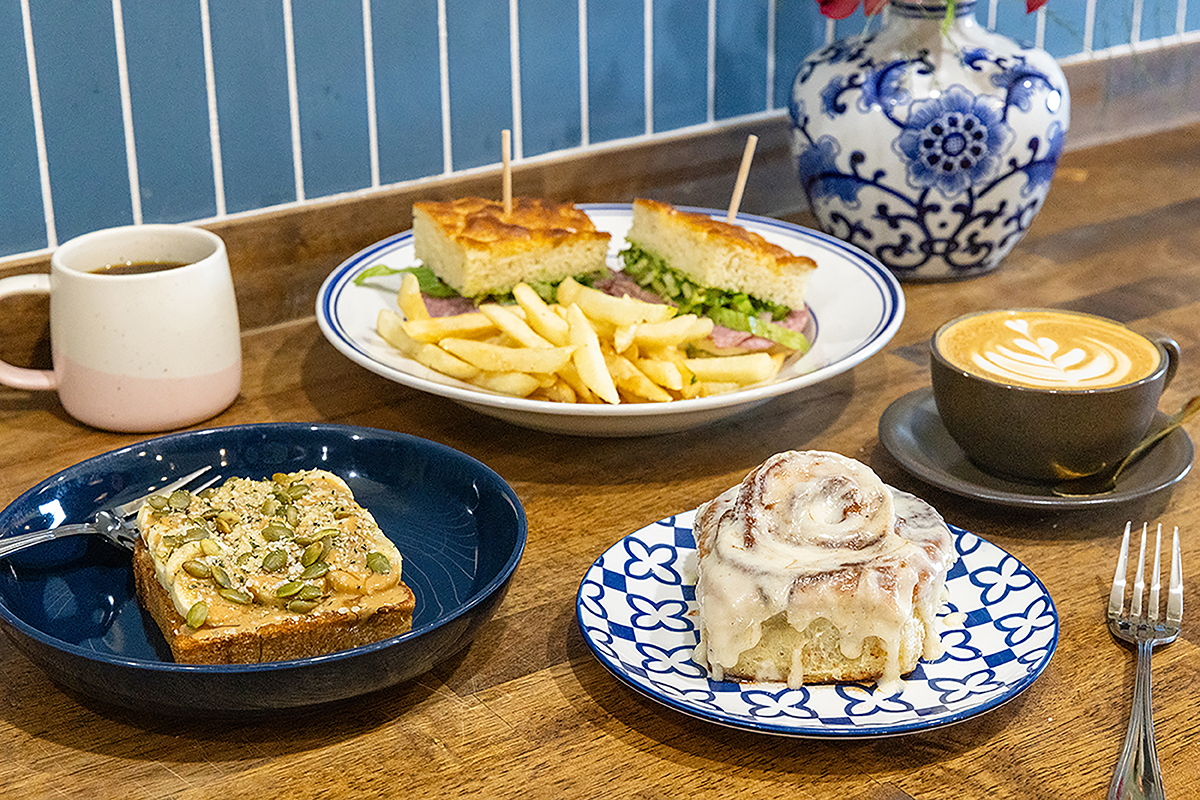Although she is internationally known, New York-based artist Virginia Jaramillo has a long exhibition history and relationship with the scions of the Kansas City art world. That relationship is currently on display in a retrospective of her work at the Kemper Museum.
Jaramillo’s ties to Kansas City date back to the late 1970s, when her career was just taking off and Kansas City’s Douglas Drake art gallery chose to showcase it. The gallery featured her work in at least a dozen shows before shutting its doors in 1985, no doubt the reason many of her pieces have made it into the hands of local collectors.
The abstract artist’s work later appeared in the Kemper Museum’s 1994 debut exhibition, and now the museum, which has many of Jaramillo’s pieces in its permanent collection, is once again highlighting her career with her first major retrospective exhibition, presenting a selection of seventy-three paintings and handmade paper works spanning her nearly seventy-year career.
The exhibition, titled “Principle of Equivalence” after one of the cornerstone pieces of the collection, opens up a time capsule of Jaramillo’s art. The show is organized in chronological order, leading viewers on a journey through Jaramillo’s own artistic evolution.
According to Erin Dziedzic, Kemper Museum’s director of curatorial affairs, the exhibition “acknowledg[es] her place in the history of abstraction.” Dziedzic adds, “While Jaramillo’s work demonstrates her unwavering commitment to abstraction, it also defies simple categorization.”
The exhibition strings together Jaramillo’s artistic evolution, from her early Black Paintings series and her Curvilinear collection to her handmade paper works and her more recent abstractions.
Jaramillo’s curiosity about the nature of earth and human civilization grew from a young age, and she began to draw inspiration from mythology and astronomical theories. Jaramillo has always been curious about the “why” of everything and uses that question to lead her artistic investigations.
If Jaramillo didn’t become an artist, she believes she would have been an archeologist. In her youth, she searched for answers in the earth. Her Black Paintings series, which are large scale works made from paint and gesso, are meant to resemble the cracked, dry earth of Southern California, where she would ride her bike as a young girl. “I was fascinated by the fact that it could be cracked and still hold the weight of the bike because usually, when something cracks, it’s fragile,” Jaramillo says.
In her breakthrough Curvilinear series, which Dziedzic says made waves in the art world in the 1970s, Jaramillo uses daring colors and dynamic razor-thin lines to create a reverberating energy throughout the canvas. The shapes and lines move as though they are alive, simultaneously pulling together and repelling each other.
In the scope of the exhibition, the paper works are idiosyncratic in style, but Jaramillo’s curiosity about the earth is still evident. Many of the paper works resemble maps and blueprints, making allusions to mathematics and architecture, and the pieces are mysterious in nature.
Jaramillo’s contribution to abstract art is insurmountable, and the Kemper exhibition is the first to have such an extensive collection of works for display, Dziedzic says.
GO: Virginia Jaramillo: Principal of Equivalence (on view now through August 27). Kemper Museum of Contemporary Art, 4420 Warwick Blvd., KCMO.




